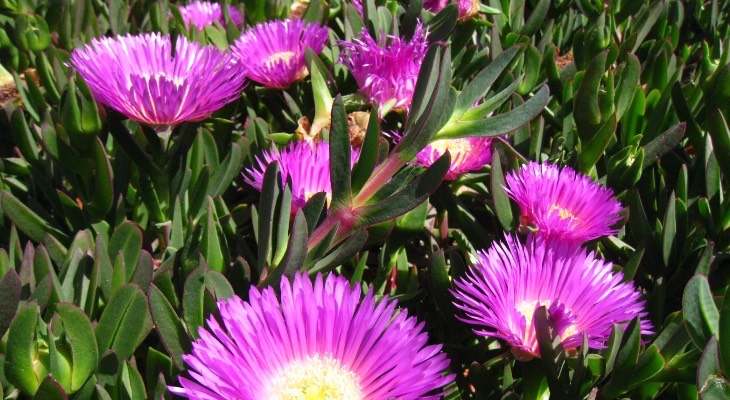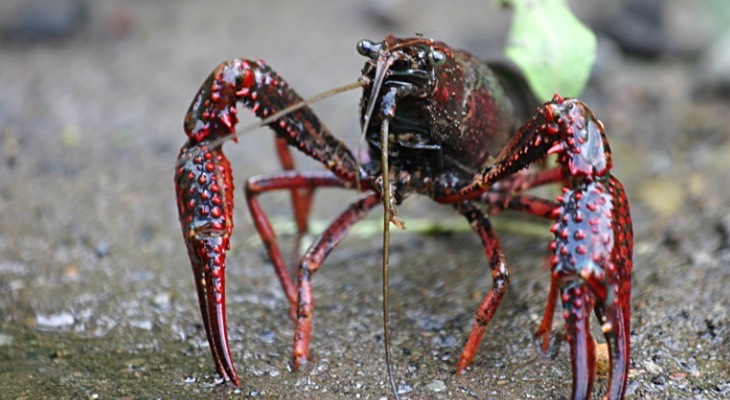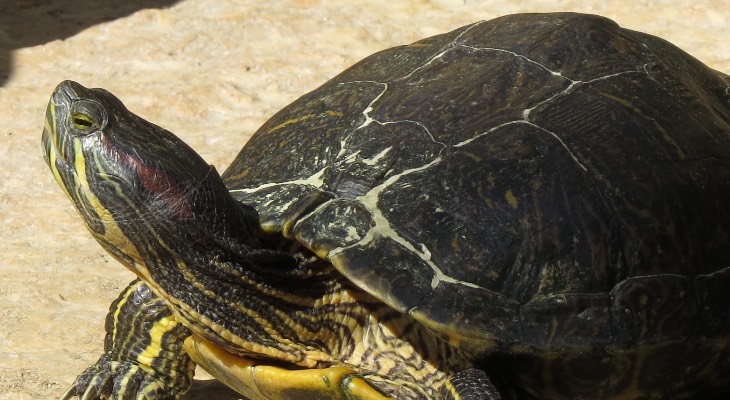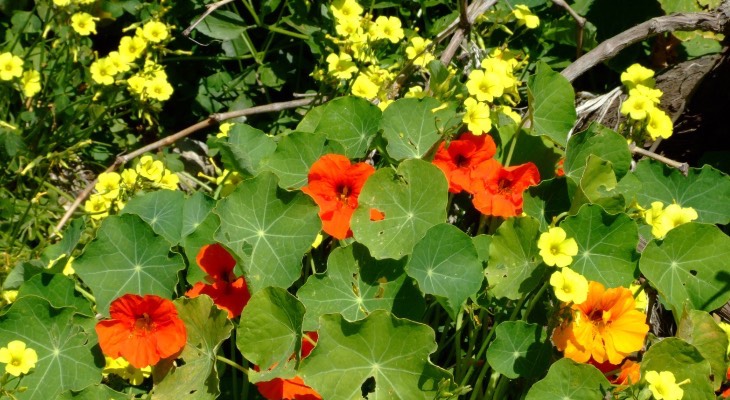Such invasive species can cause harm to our local biodiversity, economy and human health
The term ‘Alien species’ refers to the different flora and fauna that are living outside their native territories.
When invasive alien species invade new territory, they inhabit habitats that are similar to the ones in their native range. And in most cases, it is the territory that is different, and not the habitat.
For instance, the red swamp crayfish inhabits slow, flowing lowland rivers on soft substrates, canals, drainage ditches, lakes, ponds, and marshes. In fact, Chadwick Lakes and Ghadira ta’ Sarraflu become the perfect spots for such species to invade.
Such species are often introduced by humans intentionally, by trading and selling, or unintentionally, by escaping from confinement or hitchhiking a ride on imported goods.

Eland’s Sourfig
Some alien species are considered to be ‘invasive’ since, should they be introduced, they could become established in their new environment. They do this by surviving and thriving, as they are highly adaptable, tolerant to various conditions and temperatures.
Although they may look harmless invasive alien species can lead to a decrease in our biodiversity which is already under pressure, and it is not just a local issue, it’s a global phenomenon.
Such species negatively impact our local biodiversity through predation, competition with native species, the transmission of disease, or by changing the habitats they have spread into.

Red Swamp Crayfish
For example, the red swamp crayfish (Mlt: iċ-ċkala tal-ilma ħelu) which is native to South-Eastern US, has been deliberately introduced in various Maltese waterbodies. The species is of particular concern since it produces loads of young, grows quickly, and is well-adapted to survive long periods of drought. The species cause harm since it feeds on the eggs and tadpoles of the native painted frog as well as other local fauna.

Red Eared Slider
Another example is the Red eared slider (Mlt: il-fekruna tal-ilma ħelu) which is native to Eastern and Central US. This species has also been deliberately introduced into the Maltese environment. It has a voracious appetite and may feed on tadpoles, aquatic invertebrates, and vegetation, as well as negatively affecting aquatic habitats.
Invasive alien species often have no natural predators, and this consequently helps them to increase in numbers.
Invasive species often also share similar characteristics which are typically harmful to the local biodiversity, such as being able to adapt to their new conditions, growing and reproducing quickly, and being good at dispersing or spreading into new areas.
The importation of invasive species into the Maltese Islands has increased over the years – since they are often attractive or desirable as pets or ornamental plants.

Garden Nasturtium
There are a number of ways that alien species could be introduced, most often through their deliberate release into the environment. Unfortunately, there have been instances where pet owners, who are no longer able or willing to look after their pets, have released such animals into the natural environment.
Although such pet owners often believe that this could be beneficial to the pet or the environment, in reality, such actions could result in the suffering or even death of the animal or the establishment of the species which consequently harms the local environment.
Malta’s environment has to be healthy and rich in all the different aspects to assure healthy ecosystems and provide the necessary food, water, shelter, and habitats for local fauna and flora to thrive.
The Environment and Resources Authority (ERA) has issued several codes of good practices and an action plan to help prevent the spread of invasive alien species. In addition, coordinated action at European Union level is also being undertaken to address the negative consequence of species of Union concern.
To prevent the importation and spread of invasive alien species, one should be informed about them and the damaging effects they cause when released into the wild.
That is why the IAS App is so important. Besides providing up-to-date information about invasive alien species, you can also report sightings.

Here’s how to download the App!
Click here for Android
Click here for Apple
And here’s a fun fact! The App includes a library of information about Invasive Alien Species found across Europe.
Visit era.org.mt for more information.